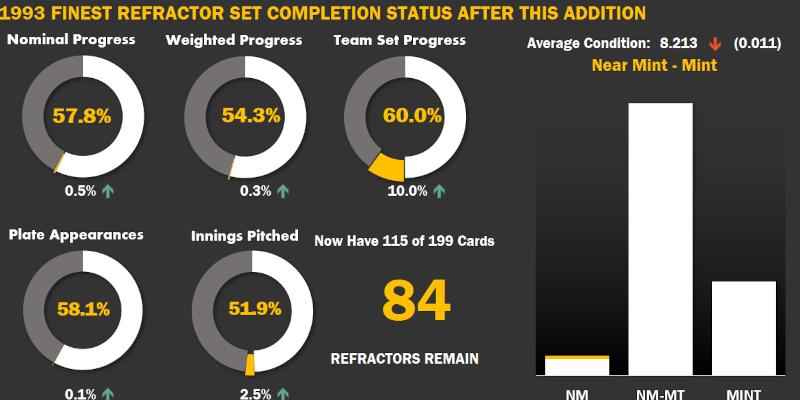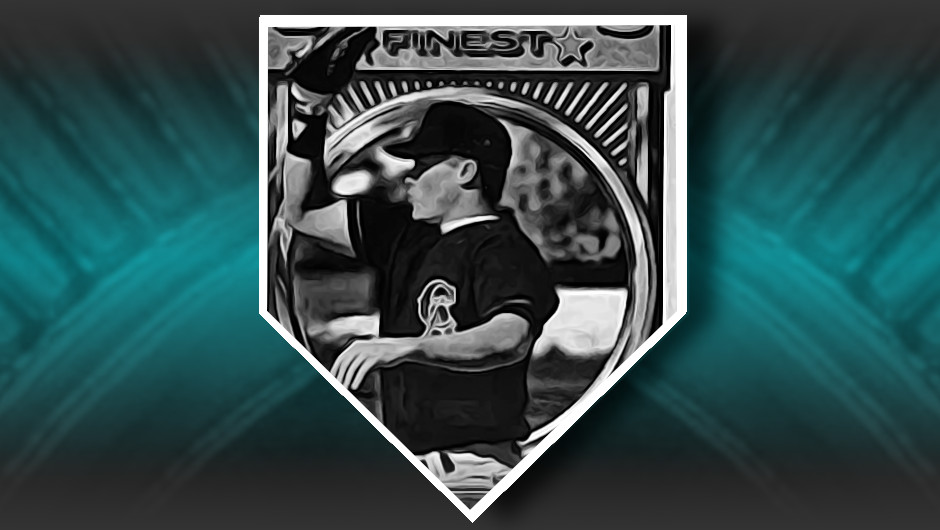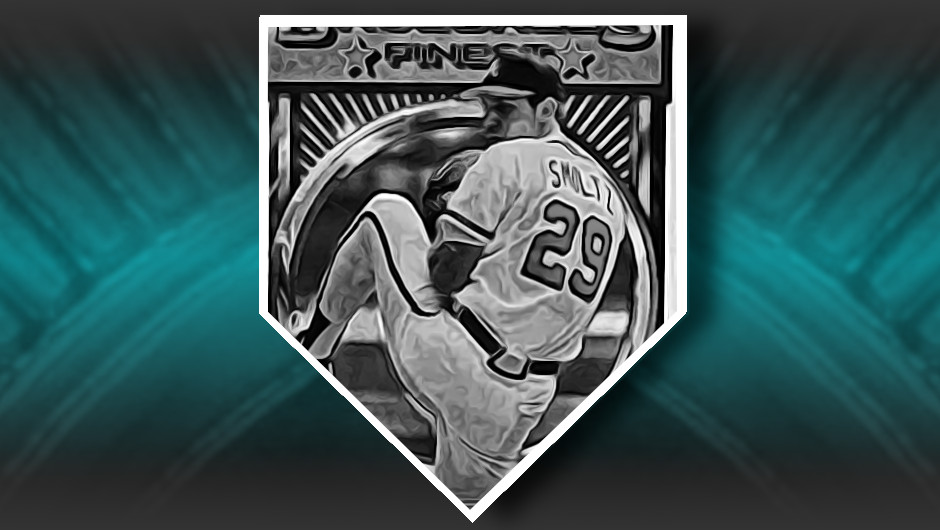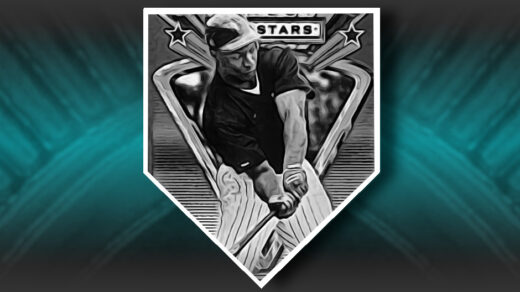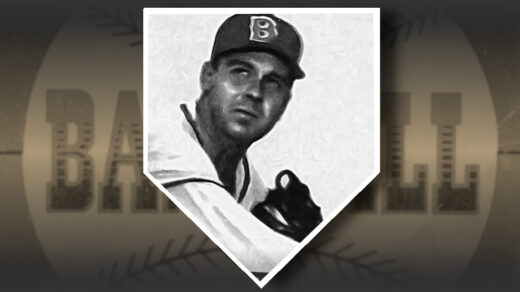John Smoltz and Tom Glavine have given each other grief over the latter’s acting in Nike’s famous “Chicks Dig the Longball” commercial. Responding to some of that ribbing and taking a shot at Smoltz’ hairline, Glavine once told him, “Chicks dig the longball, not the bald spot.” Perhaps the two look more alike than the well-coiffed Glavine thinks. Donruss confused the two Atlanta pitchers in 1990, accidentally (?) using a photo of Glavine on a Smoltz card before correcting it. Chicks may not dig the bald spot, but card collectors preferred the somewhat more difficult to find corrected version (pictured on the right).
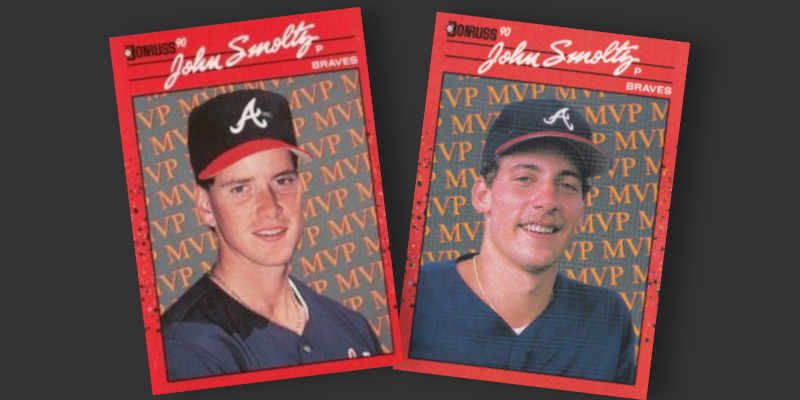
Smoltz was one of Atlanta’s “Big Three,” a trio of pitchers that overwhelmed the National League throughout the 1990s. During much of this time Greg Maddux and Tom Glavine were the biggest names of the group, but Smoltz’ career stats eventually surpassed Glavine. Smoltz consistently put up big numbers and accumulated more than 3,000 strikeouts. He really made a name for himself in the Braves’ championship runs, appearing in 41 postseason games and posting a 15-4 record in the process.
He missed the entire 2000 season in order to recover from Tommy John surgery. Unsure about the longevity of the surgical repairs, Smoltz returned to the mound via the bullpen in 2001 and put up an ungodly adjusted fielding independent pitching (FIP-) rating of 35. That’s 1999 Pedro Martinez-territory. He moved back and forth between starting and relief work for the remainder of his career, supplanting Dennis Eckersley as the definitive crossover pitcher.
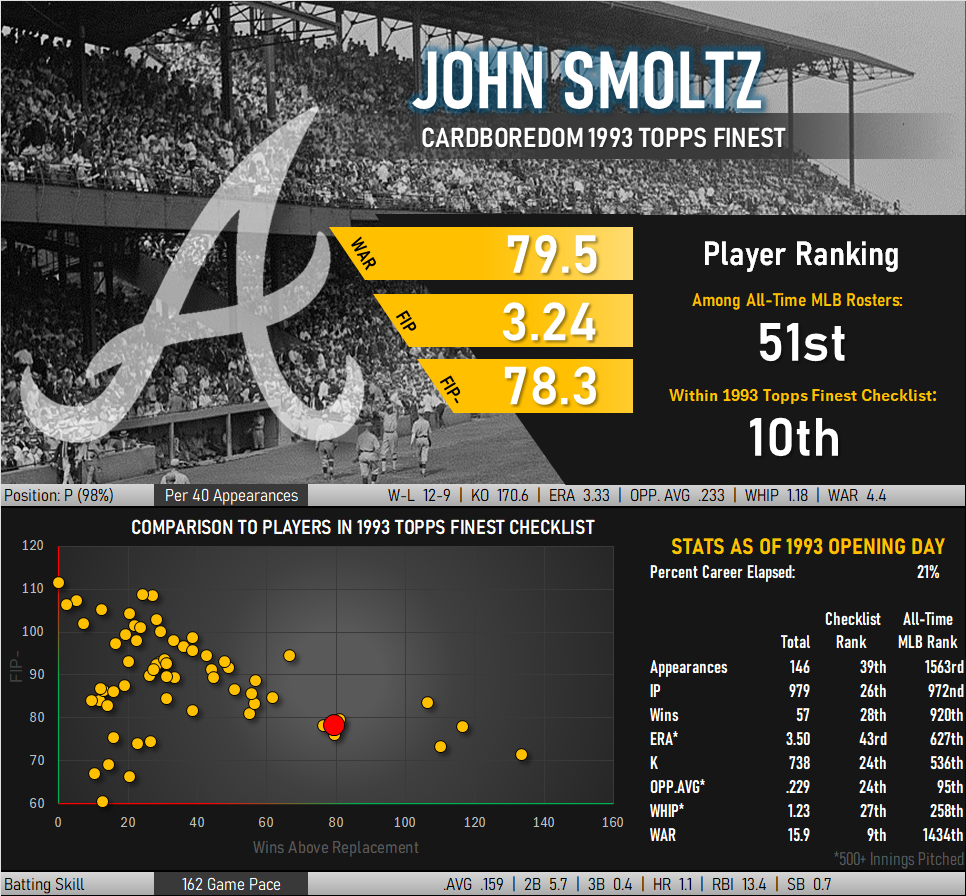
When ranking pitchers, I was surprised at how well Smoltz stacked up against his peers. Surely his years as a reliever made his adjusted Fielding Independent Pitching (FIP-) appear better than it would have been if he were to measured solely as a starting pitcher. Most relievers exhibit uber-low FIP- readings, a trait that can be seen in the graph above with the cluster of sub-80 FIP- dots on the left of the chart. However, if I only look at the years in which he was a starter, his numbers remain extremely favorable. Thanks to a sustained improvement in effectiveness that begin in 1997, Smoltz’ career FIP- figure doesn’t change more than a few points when his bullpen time is excluded. He was that good.
Smoltz May Not Be Done With Sports
Smoltz called games for Fox Sports and MLB network for a decade after his retirement, but that won’t be what keeps him appearing on sports highlight reels in the future. In addition to being an avid bowler, Smoltz turns out to be a huge golf fan and spent much of his playing career scoping out the links in various baseball cities. He and Tiger Woods became regular recreational players together. The former pitcher can apparently keep up with the best golfer of the past 30 years and has been entertaining joining the PGA’s senior circuit.
Adding a Smoltz Refractor to the Collection
A few weeks after picking up a group of near mint condition stars for my set, I found myself circling back around for this John Smoltz card. Like the others, it has minor centering issues that bring its grade down a bit but the resulting price discount more than makes up for it. I’m a big fan of cards that show the back of a player’s jersey as photos emphasize their name and number. The photographs are reminiscent of the way players are typically seen in person on the field, too far away to really see their face and instead viewed as a moving number across an expanse of green. The photo used on the front of this card works way better with the design than the one on the back would have done.

